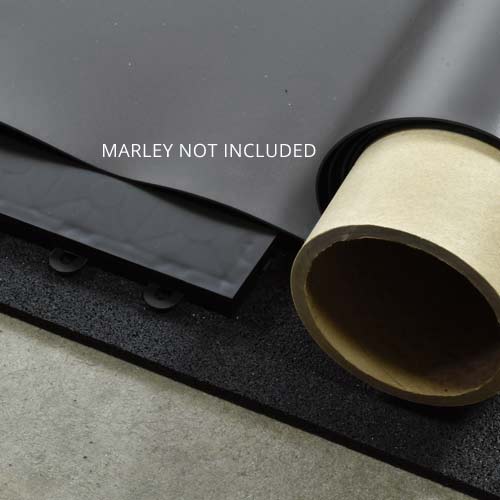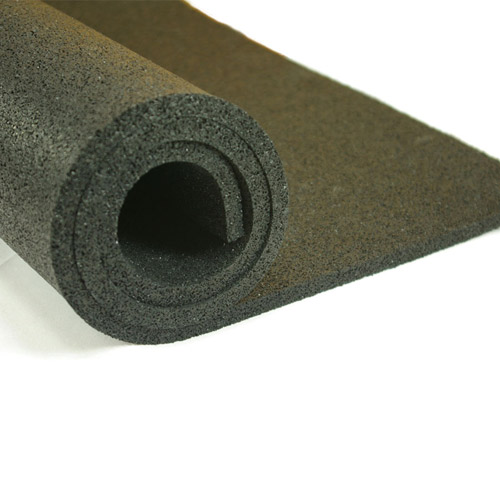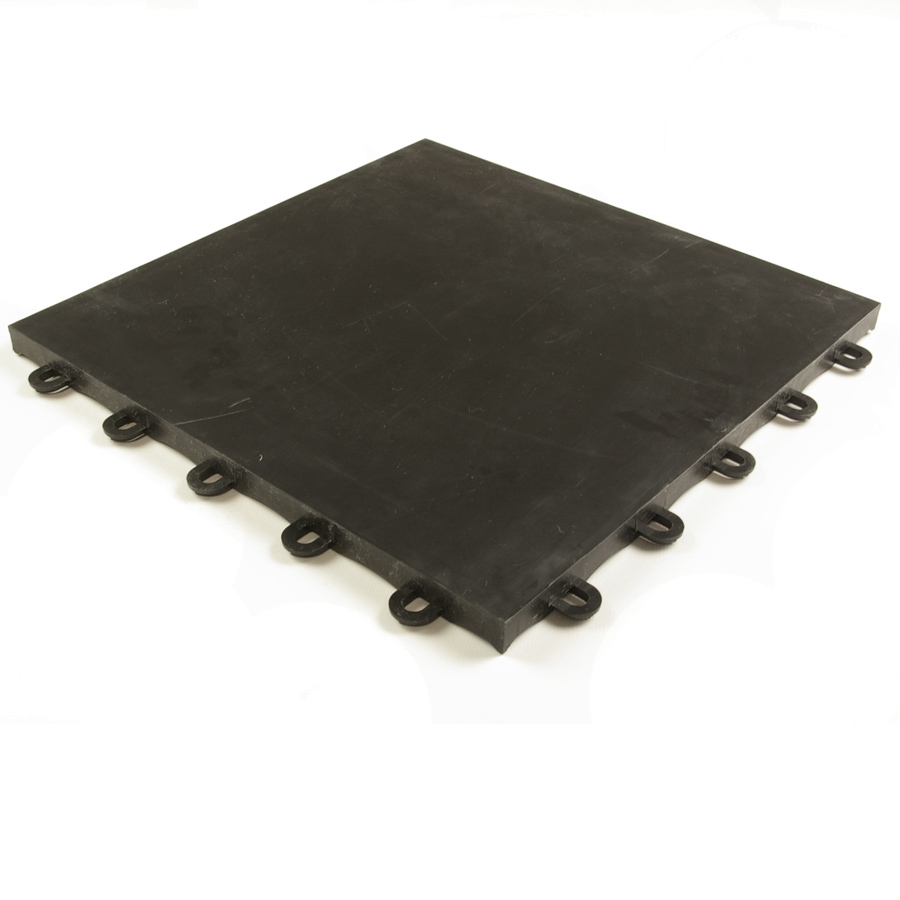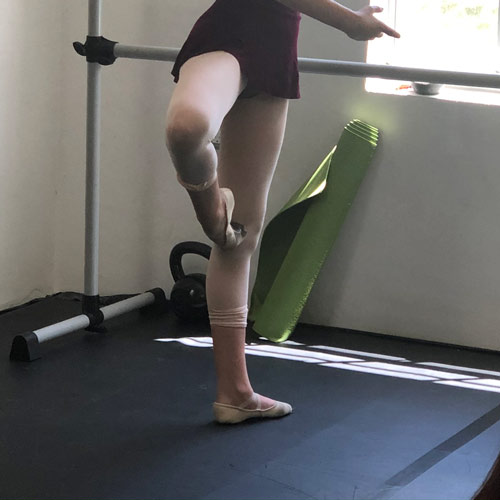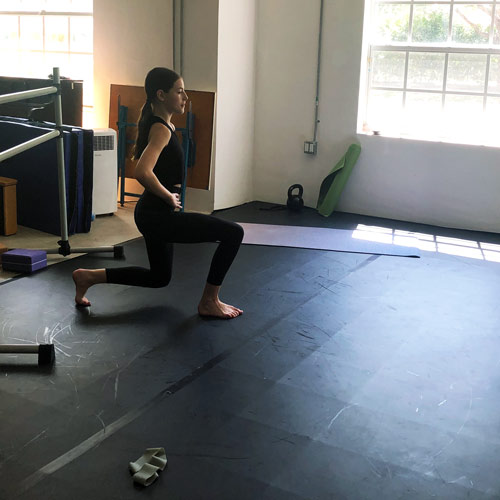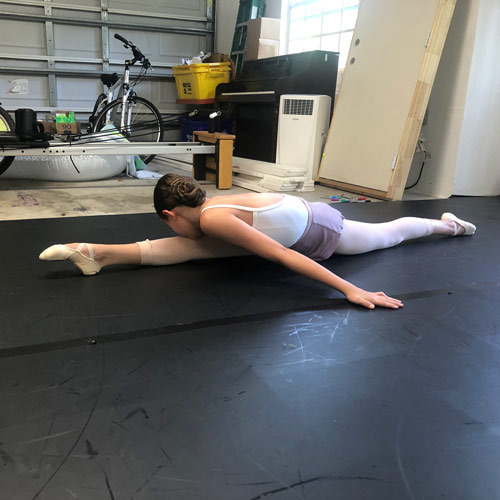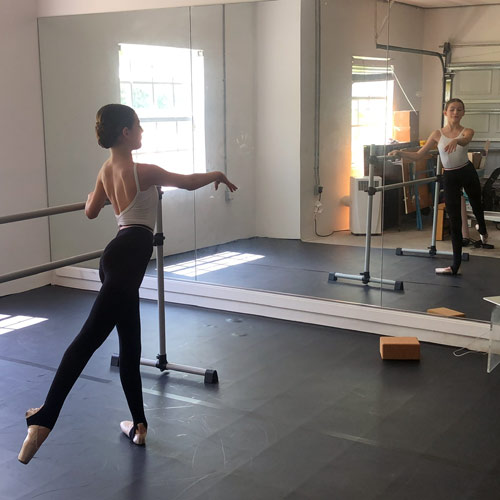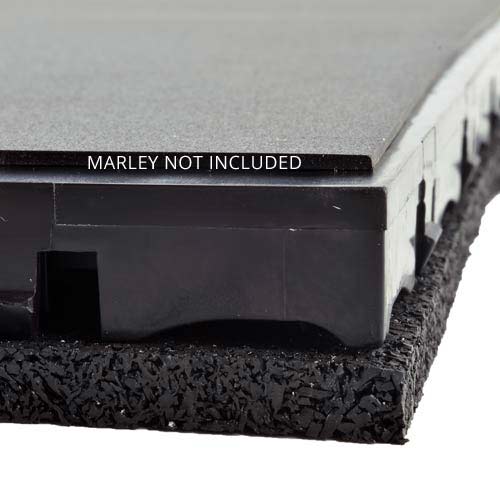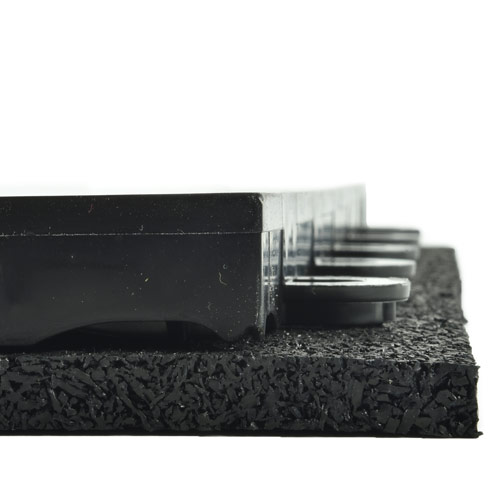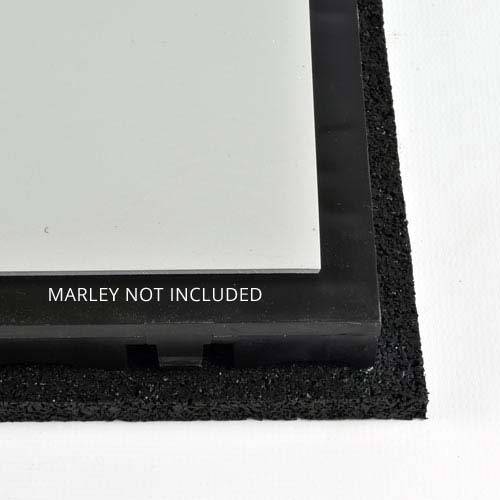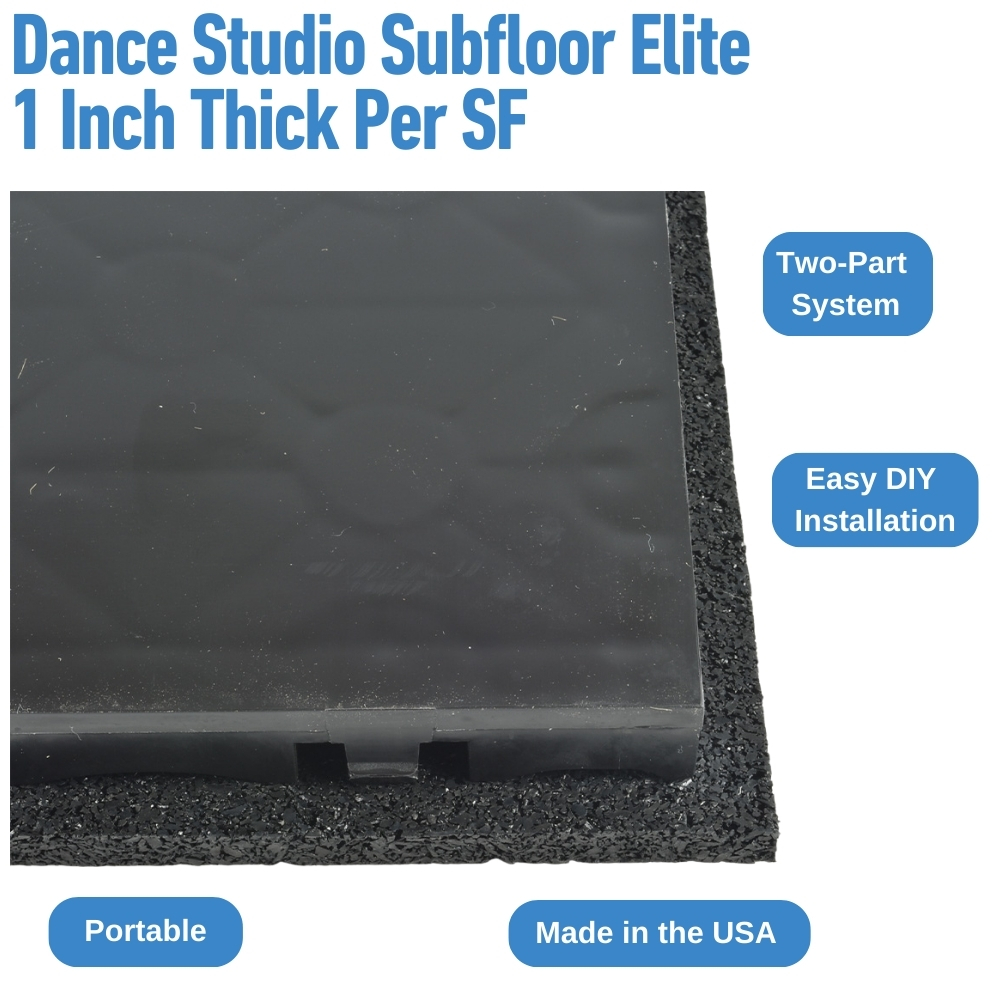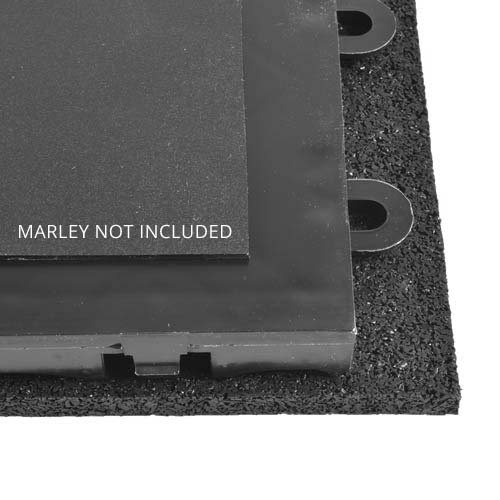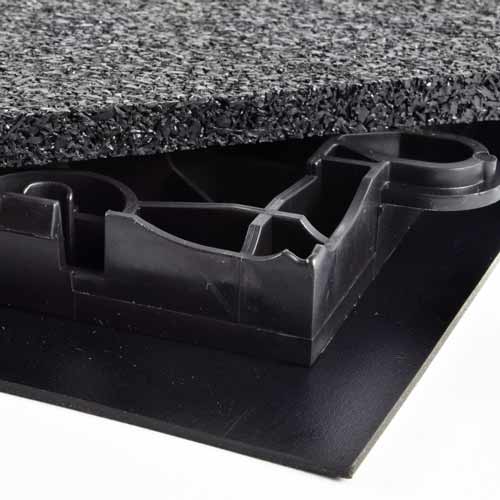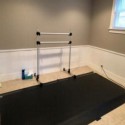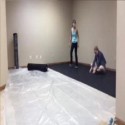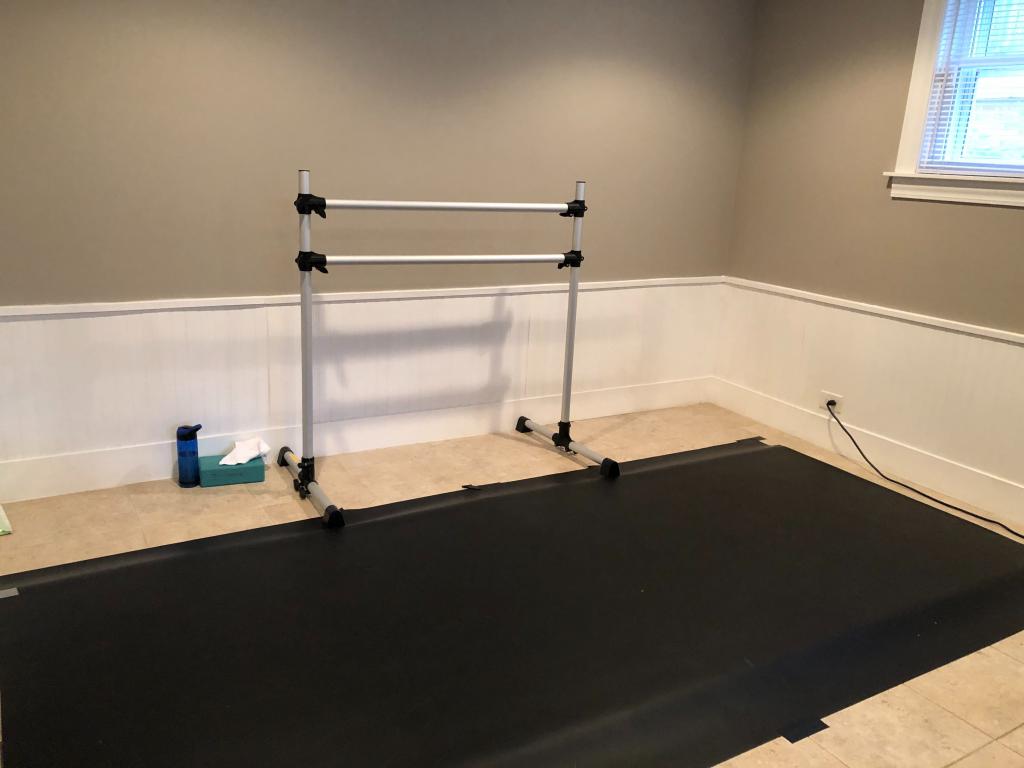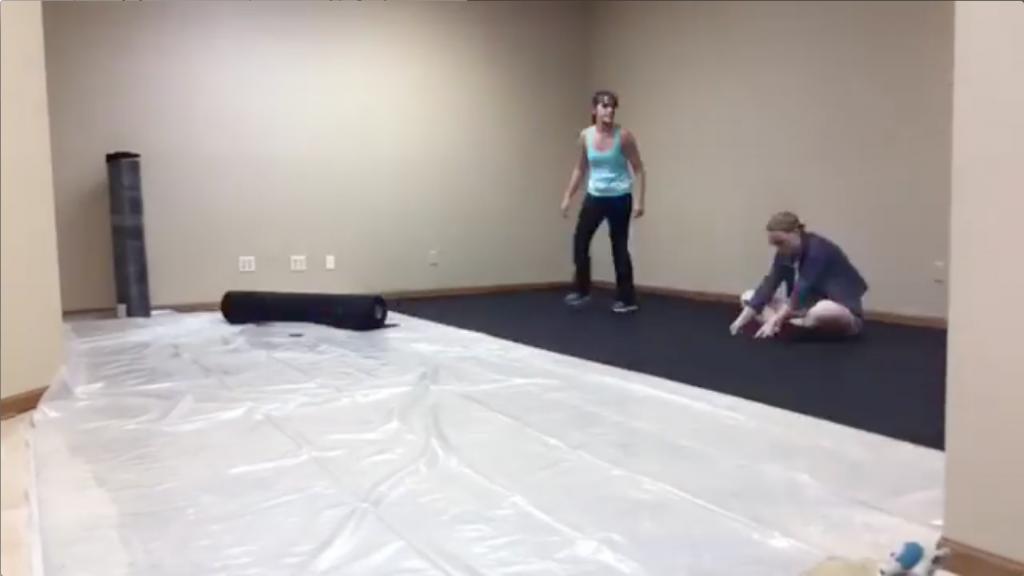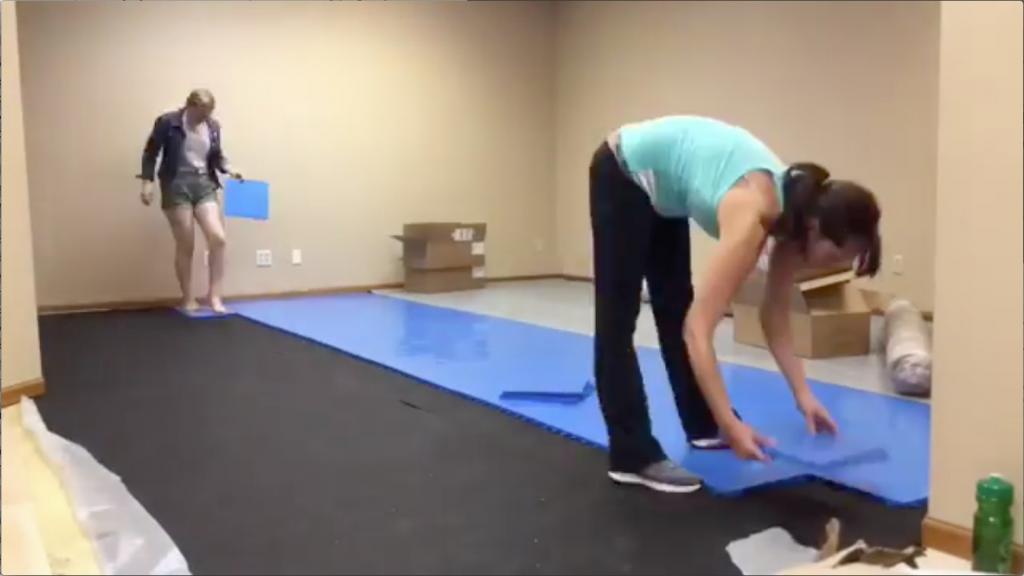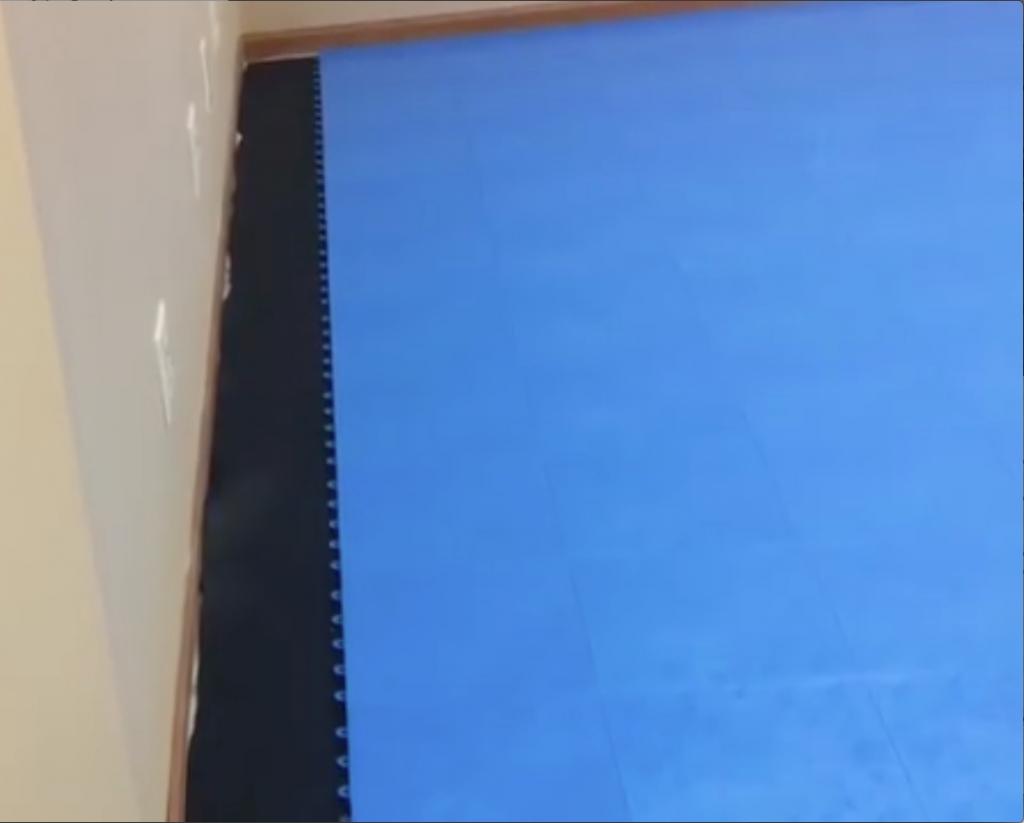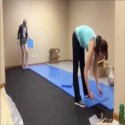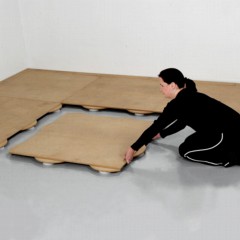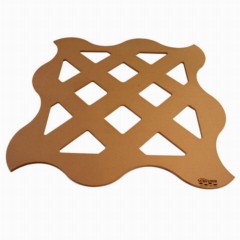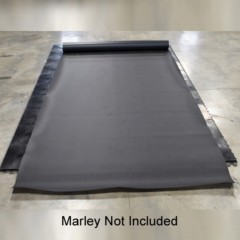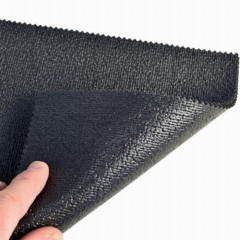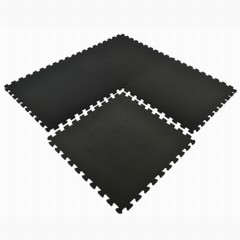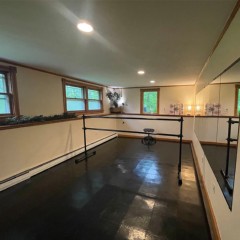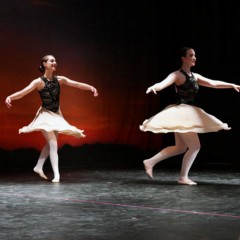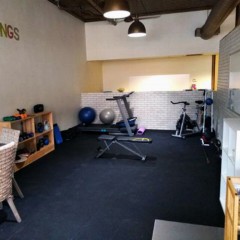Dance Studio Subfloor Elite 1 Inch Thick Per SF
- Invest in an affordable professional dance studio subfloor
- Easily move and transport this system
- Maximize cushion and support for dancers
- See More Details
- Invest in an affordable professional dance studio subfloor
- Easily move and transport this system
- Maximize cushion and support for dancers
- Easily install this two-part system
- Use for all types of dance
- Install firm marley dance floor for finished top surface
- Install without any adhesive
- Buy the marley floor of your choice separately
Dance Studio Subfloor
Get a Quality Dance Subfloor That Maximizes Safety
Dance Studio Subfloor Elite 1 Inch Thick Per SF provides an affordable and high-quality dance studio underlayment flooring system that'll give your studio a professional look while keeping safety in mind.
This alternative to a professional sprung dance floor includes a cushion rubber bottom layer and is topped with plastic modular tiles as a second layer. It provides cushion for dancers in your home or professional dance studio to maximize their comfort and safety. The hard, plastic surface creates a firm foundation for the Adagio marley dance floor (which is available for purchase separately).
This dance floor system helps avoid a too-hard dance floor, yet it’s highly durable. The interlocking tiles can withstand 20,000 pounds per square foot of static load. The subfloor is made in the USA, so you can trust the quality of the materials used.
Enjoy a Portable Dance Subfloor
This dance subfloor package is also portable, making it a versatile choice for your studio. Both layers of the subfloor system are free-floating and can be easily assembled and disassembled as needed.
Each plastic tile is small and lightweight, measuring 12x12 inches, so they’re easy to carry to new locations. Additionally, both dance subfloor layers are easy to cut to fit around posts or other obstacles, so you can create wall-to-wall or island installations.
Easily Install the Dance Subfloor
Installing the dance subfloor is extremely easy. The subfloor requires no special tools or adhesive for installation; the interlocking channels keep the tiles in place without worrying about having edges pop loose and causing a tripping hazard. The tiles and flooring are also thin enough to be easily cut to fit your space.
Disclaimer
Marley flooring is not included.
Shipping
Ships via ground service or freight delivery for larger orders.
Please review our shipping disclaimer.
| SKU# | CEDSSPro |
| In Stock | Yes |
| Product Type | Tile |
| Material Type | Polypropylene Plastic |
| Product Edging | Interlocking |
| Thickness | 1 inch |
| Width | 1.00 feet |
| Length | 1.00 feet |
| SF per Item | 1.00 |
| Weight | 1.17 lbs |
| Packaging | Cartons |
| Non Absorbent | Yes |
| Special Adhesives | No |
| Interlock Loss | 0.00 feet |
| Interlocking Connections | Yes |
| Made In | USA |
| Surface Finish | Smooth flat |
| Surface Design | Solid color |
| Installation Method | Interlocking, dry lay |
| UV Treated | No |
| Reversible | No |
| Border Strips Included | No |
| Manufacturer Warranty | 1 year limited |
Product Questions:
Q: Is it possible to install the marley by taping the underside of the marley to the plastic tiles?
Q: Can this floor be installed on carpet that is very low to the ground?
Q: We are wanting to convert part of our garage into a home dance studio for our dancer. What do you recommend for ballet, tap, and pointe? If Marley is placed on top, will that surface make it harder to do her turns?
Q: How do you fill in all the dance space? Can you cut this material to fit the exact measurements of the dance studio?
Q: Does the Subfloor Elite include the rubber underlayment? Is Subfloor Elite needed if you are using your Marley on a tile floor for ballet, modern, or hip-hop?
Q: What is the weight capacity and life expectancy of this flooring?
Q: I am looking to use this subfloor in one dance studio room that will have an oak wood floor. It will be our tap room. Is this subfloor compatible with a wood floor on top and not marley?
Customer Rating:
06/30/2020
The new setup has made teaching from home much easier on my body. The subfloor most closely resembles being in a studio. Any pains I had from dancing on tile were eased within 1 class on the subfloor. I can jump, turn, and dance without worrying. I am currently participating in a 2 week online intensive and my flooring has been working really well. It's also great for me to be able to demonstrate full out when I teach my students online. I want to thank Great Mats for being so responsive and helpful during this time. All of my questions were answered and the flooring arrived so quickly.
Timmorie
Park Ridge, IL
Customer Rating:
04/28/2020
One new sprung floor in #nedcstudio2 for #nedcyr4! Thank you @greatmats for the subfloor!
Abbie
New Brighton, MN
Customer Rating:
02/11/2021
Purchased the 3 layer ballet dance flooring for my daughters. Installation was as expected for custom flooring (did myself). Wonderful experience from top to bottom. Love the quality and feel. My 2 dancers love it as well. Cheers!
Joe
Ft Thomas, KY
